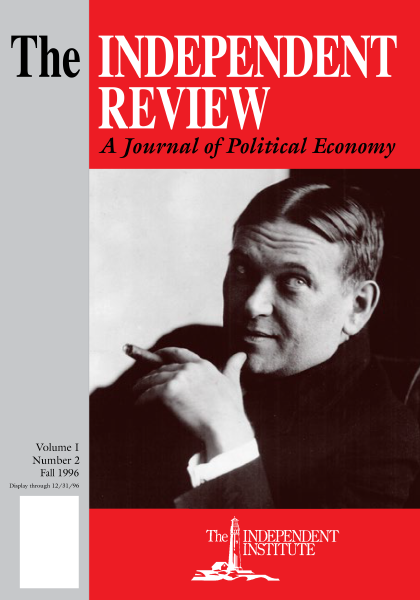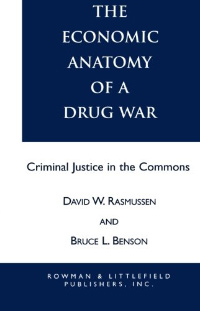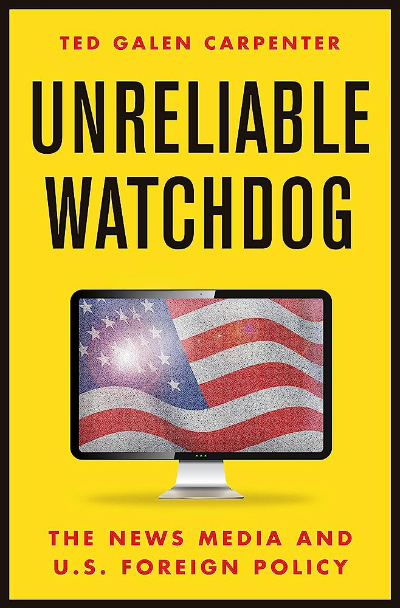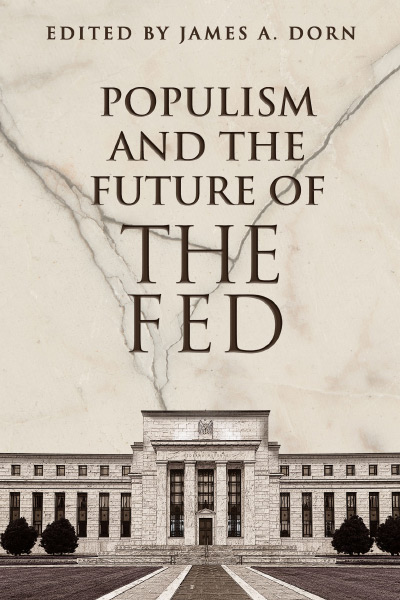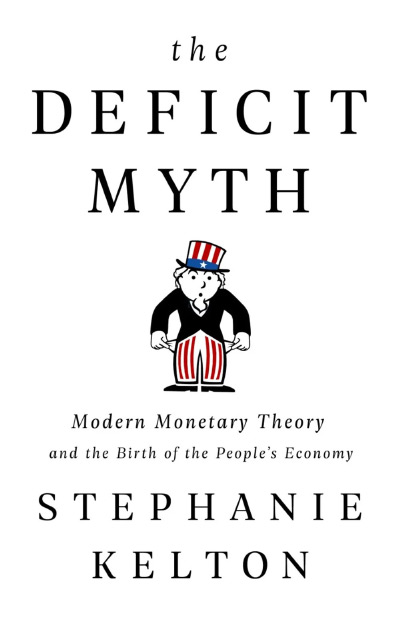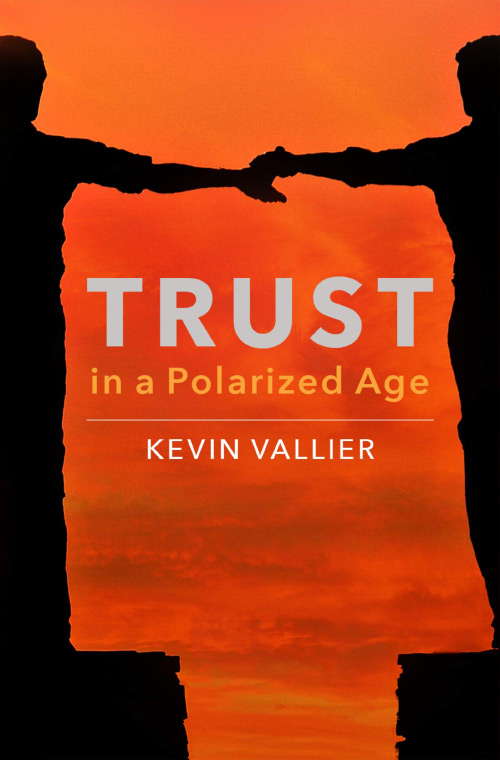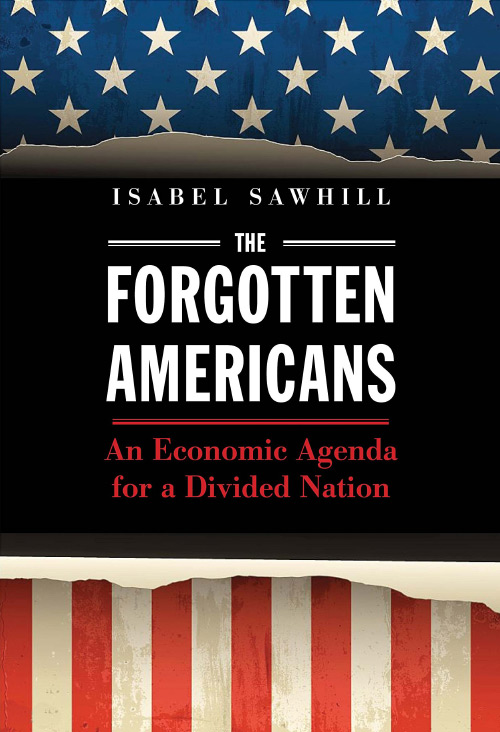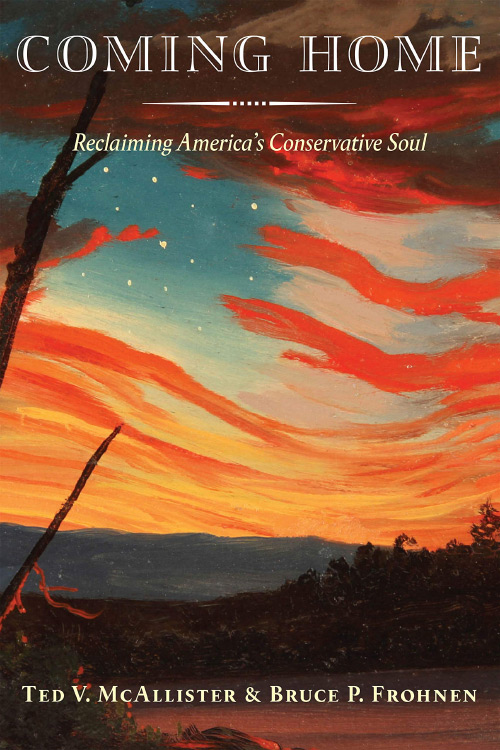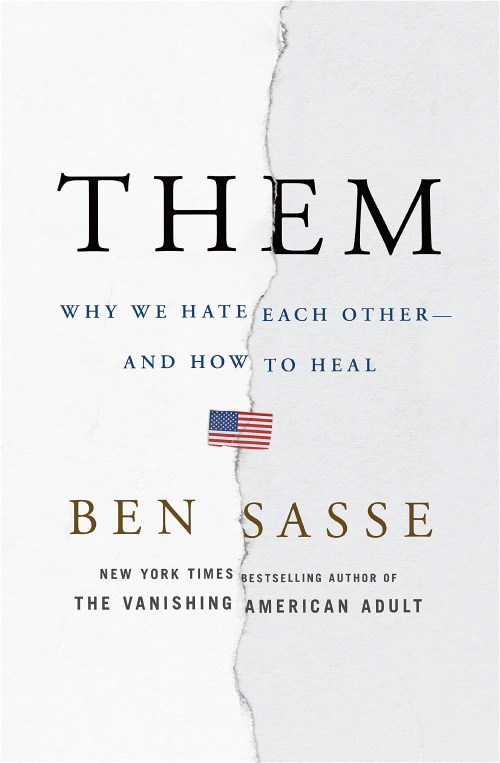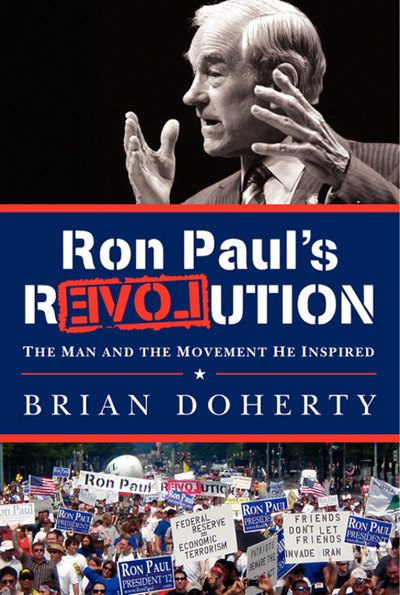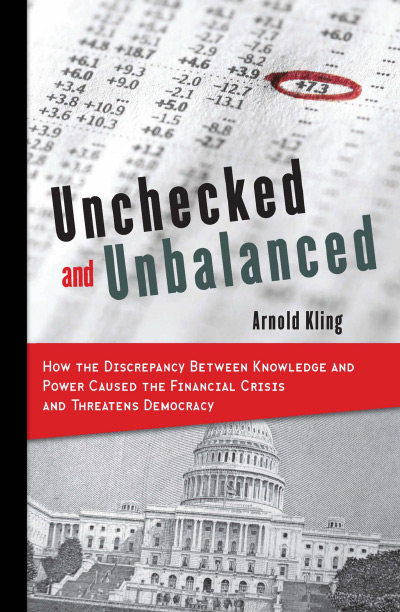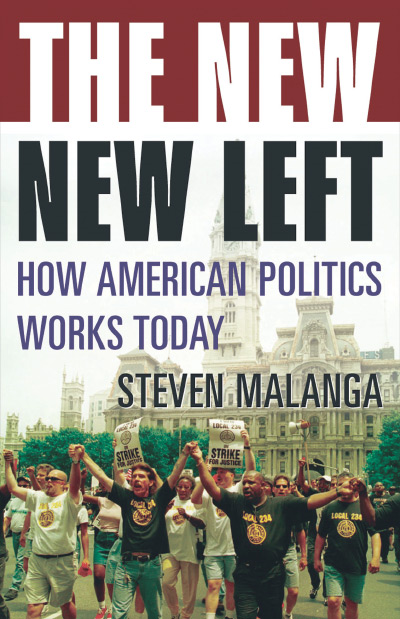Prohibition is a poorly understood public policy. Most people, including drug addicts themselves and those who treat addiction, do not understand addiction. Many people do not really care to understand the murky workings of the black market and drug dealing. For most of those who study, discuss, and write about public policy, the subject of illegal drugs is far away and unimportant.
Economists and classical liberals have shown some interest in prohibitionism, but for the most part they have produced only polemics and peripheral research. For example, I would speculate that economists have written more about the economics of sports than about the war on drugs.
Prohibition and drugs are certainly messy matters. The black market economy is a dangerous and criminal environment. Corruption of police, public officials, and the democratic process only increases the unsavory nature of the issue. In terms of one’s academic career, championing the entrepreneur in the abstract is more acceptable than championing drug dealers and moonshiners; the cause of the unspecified consumer is more attractive than that of the drug addict; and advocating programs for the poor receives a much warmer reception than advocating the legalization of drugs, with all its real and imagined horrors.
Research on illegal drugs is hard work, too. The type of data that modern quick-and-dirty research employs simply is not available. Existing data on black markets and crime are inherently suspect and difficult to interpret. No one has much incentive to pursue research in this area. The two main incentives for academics (consulting dollars and research grants) are virtually nonexistent. Although the government provides a great deal of funding, it is one-sided–directed at burnishing the images of the drug warriors and their war.
Economists and classical liberals generally do not realize that the prohibitionists are on the march, winning the policy debate and gaining ground every day. Most economists support drug legalization and take comfort that professional leaders such as Milton Friedman and Gary Becker have articles on the subject in prominent magazines and newspapers. Classical liberals have convinced themselves of their own arguments and take solace in the trend toward legalized gambling and public discussions of drug legalization.
In reality, the war on drugs has been escalated enormously and has become a public policy model for dealing with a lengthening list of social problems: crime, delinquency, illiteracy, pollution, child abuse, disease, and nasty habits. Ominously, the war on drugs is being fought with the aid of an ever-expanding number of violations of the rule of law: civil forfeiture of assets; use of the military in domestic law enforcement; illegal search and seizure; illicit evidence and perjured testimony; and failure to provide fair and speedy jury trials.
High-ranking public officials have become crusaders for prohibition. Vice President George Bush, the first drug czar, led the war on drugs in the 1980s, cheered on by First Lady Nancy Reagan. Later, during his presidency, Bush declared that wine has the same nature as cocaine. We now have a government program to drastically reduce alcohol consumption by the year 2000. Bush appointee David Kessler, head of the Food and Drug Administration, is leading a prohibitionist crusade called “Smoke-free America 2000,” clearly trying to prohibit the use of tobacco in the same manner that earlier crusaders prohibited the use of narcotics and marijuana.
It is important to remember that legalized gambling and all the public and academic debate about legalizing drugs rest on the model of “modified” prohibition, not free markets. Clearly, the prohibitionists are now firmly ensconced in the government bureaucracy; and they are winning the ideological and policy battles.
All of this makes the publication of The Economic Anatomy of a Drug War extremely important. Never before has drug prohibition been dissected in such accurate and enlightening detail. David Rasmussen and Bruce Benson concentrate their analysis on the period from 1984 to 1989, when drug arrest rates skyrocketed and the government supposedly achieved its greatest victories in the war on drugs. The two economists bring a variety of analytical tools to bear on the subject and report on an extensive research program they conducted or supervised. Their writing makes the material widely accessible. The lessons and surprises are abundant.
They analyze first the official rationale of prohibition: that drug use causes crime. Libertarians and left-liberals, responding to the official line, often assert that criminalization causes high drug prices, which lead the addicts to commit property crimes to finance their expensive habits. Rasmussen and Benson report that both views are wrong. Most users of illegal drugs are not addicts, are employed, do not commit property crimes, and indeed are more likely to have crimes committed against them. Criminals gravitate toward the profits of dealing in drugs more often than drug use itself causes crime.
The authors also show that law enforcement does not necessarily result in deterrence, that the response to higher levels of enforcement is not limited to reducing illegal activity, and, further, that the actual responses make the war less, not more, effective. Although some casual users may be deterred or encouraged to switch to legal drugs, the evidence shows that heightened enforcement has led to the consumption of more potent and more dangerous drugs. Higher drug arrest rates that caused prison overcrowding and early releases of prisoners (as well as much more plea bargaining) also reduced prison time and therefore the expected cost of punishment. In addition, suppliers resorted to juvenile street dealers, who face less severe sentences, so the net effect of stepped-up enforcement in the 1980s was to increase the pool of drug dealers, especially among children.
Rasmussen and Benson show that the escalation of enforcement increases property crime, violent crime, and corruption and does not reduce drug abuse (it may increase it!). Their logic is impeccable. As the police focus on drugs, protection of property is diluted. Police sweeps of drug markets disperse dealers into surrounding areas, causing new rounds of turf battles and violent crime, while greater enforcement results in higher prices, higher profits, and greater opportunities for bribery of police. For example, Illinois maintained its property crime rate while escalating the war on drugs, but traffic control and safety suffered, and the state’s highway death rate rose 1,200 percent faster than the national rate.
Rasmussen and Benson’s most penetrating analysis pertains to why we got the drug war in the first place. The Comprehensive Crime Act of 1984 allowed local police to get money (and therefore higher budgets) from confiscated property involved in drug investigations. The introduction of crack cocaine was a result, not the cause, of the augmented drug war. Public opinion did not generate it. Only 2 percent of people polled said that drugs were the most important problem in 1985, but 38 percent called it their most important concern in 1989, just as the drug war was being moved to the political back burner. Simply put, the police and judicial bureaucracies benefit from the drug war while dispensing justificatory propaganda and performing inefficiently at the public’s expense.
One hopes this book will provoke much additional research. What may be most important and provocative is Rasmussen and Benson’s argument that the criminal justice system itself (the classic public good) manifests a tragedy of the commons and that the problems of drug enforcement are only symptoms of a generally flawed system. In this light, analysis of prohibition may be viewed as a case study exposing the kind of problems inherent in an irrational, publicly provided criminal justice system.
When criminal justice is provided by the state and is accessible to everyone, it is overused by the public and politicians. Worse, it is misused, inefficient, and unaccountable. In the limit, its value to society evaporates, and society does without criminal justice–an outcome fraught with peril for everyone. Thus, the drug war exemplifies a greater, looming problem that must be resolved if we are to have a free and stable society.
Although Rasmussen and Benson have made a significant contribution to our understanding of prohibition and the war on drugs, the truly radical nature of their book resides in its characterization of the workings of a publicly provided criminal justice system. Readers interested in this more fundamental matter should also consult Bruce Benson’s previous book, The Enterprise of Law: Justice Without the State (San Francisco: Pacific Research Institute for Public Policy, 1990), where he argues that justice, law, and the maintenance of order can be contractual, privately produced, and efficiently supplied, and shows that such systems are not only theoretically conceivable but have existed and operated successfully.
| Other Independent Review articles by Mark Thornton | ||
| Spring 2014 | Smuggler Nation: How Illicit Trade Made America | |
| Spring 2013 | American Nightmare: How Government Undermines the Dream of Homeownership | |
| Summer 2010 | Modernizing a Slave Economy: The Economic Vision of the Confederate Nation | |
| [View All (7)] | ||

